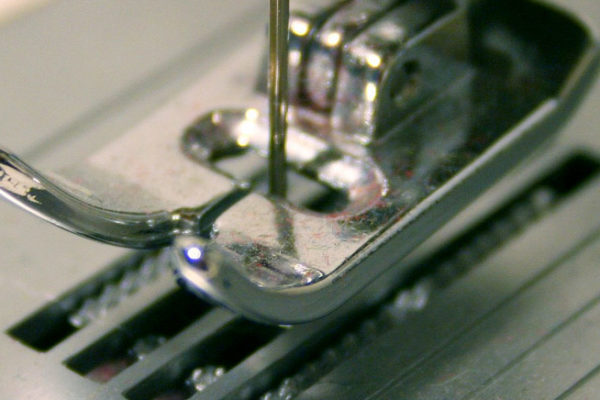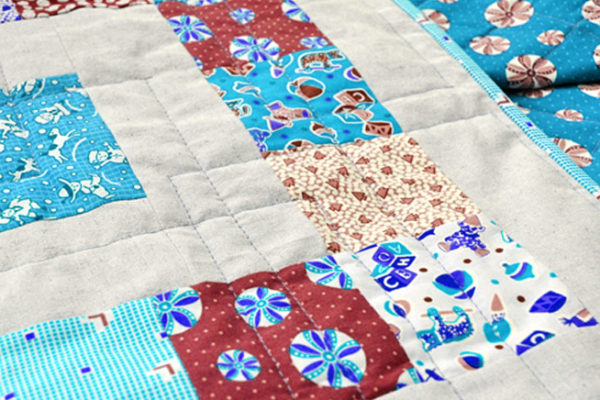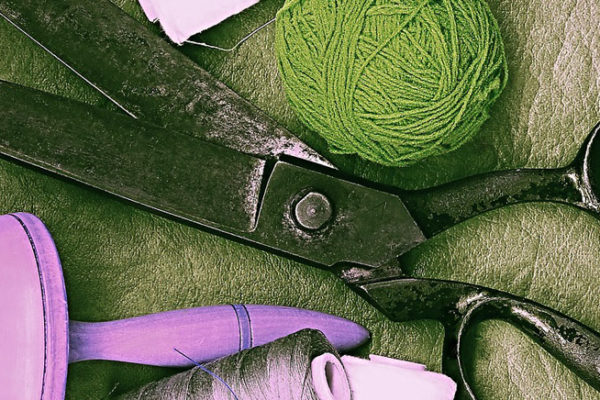Quilting is a fun hobby that’s easy to learn. However, if you want to master the art of quilting, you need more than patience and hard work. What you need is to master the top 9 quilting techniques.
If you master these techniques, even your simple beginner-level quilt will look like the work of a pro. And if you want to get better at quilting, there is no way around learning these techniques.
1) Get Familiar With Quilting Terminology
The fun world of Quilting is rather complex, with phrases and terminologies that are unique to quilting. To start with quilting, getting a grasp of the terminology used will help greatly. Patterns, guides, and instructions are often packed with these and can make it sound overly complex.
A starter’s guide to quilting should help you get started with this. You can also read quilting articles and websites like this one to get a better grasp of the basics. Plus, there’s always Google if all else fails.
2) Understand The Different Fabric Qualities
Before you touch that needle, you need to know the differences between the quilting fabrics. Of course, you can use quilting kits that provide you with all the necessary material to get started. But even so, you should know the difference between 100% cotton, polyester, cotton blend, and more.
Understanding the fabrics will also help you better select the right fabric for your quilt. It will also help you follow specific guidelines that only work with certain fabrics.
3) Learn Quick Piecing Techniques
Piecing techniques can help save hours of your quilting process and are super easy to learn. There are several quick piecing techniques you can find online but I recommend starting with Strip piecing.
In addition to creating pre-sewn units from large fabric chunks, you can also make any quilt block with these techniques.
4) Become An Ironing Expert
Ironing each piece before stitching may seem like a chore, but it will help save you a lot of time. You should also be setting the seams before ironing on one side to improve your patchwork.
Ironing your patches before stitching will allow them to fit perfectly. This will help out to avoid using the seam ripper.
5) Develop Your Rotary Cutting Skills
Speed is the benefit you can get with using rotary cutters. Using scissors is so yesterday. Making templates and cutting fabric pieces can be super-fast and easy with rotary cutting tools.
Improving your rotary cutting skills will also make the quilting process more fun. It will allow you to find more complex patterns to try quilting.
6) Measure and Sew Borders the Correct Way
One of the final pieces to be added to your quilt will be the boarders. It will help frame your work while helping to hide the slightly skewed edges.
If you measure the quilt along the outside edges, you may end up getting a skewed quilt in the end. Instead, make sure that you measure and sew borders that help enforce the quilt’s structure.
7) Be Sure to Try Mitered Binding
One of the hardest skills to pick up is sewing mitered bindings to the quilt edges. However, the right guide can help make this an easy learning experience.
For most people, they struggle with bindings that are wider or narrower than ¼”.
8) Don’t Obsess Over Errors
Quilting is the art of making something new from the old. So, while your quilt may be slightly skewed or a pattern may not have turned out perfectly, it’s fine. You shouldn’t worry about or obsess over imperfections with quilting.
Each quilt is a hand-crafted piece of art and shows the hard work and passion you put into it. Just know that the imperfections are what give quilting its character.
9) Don’t Discard Those Misshaped Blocks
When sewing your blocks individually, some may not end up the same as the others. But be sure not to throw these away. You are bound to find a use for them something, whether in this project or the next.
You should ensure that you have extra fabric. This is so that you don’t run out of material when you make mistakes.





